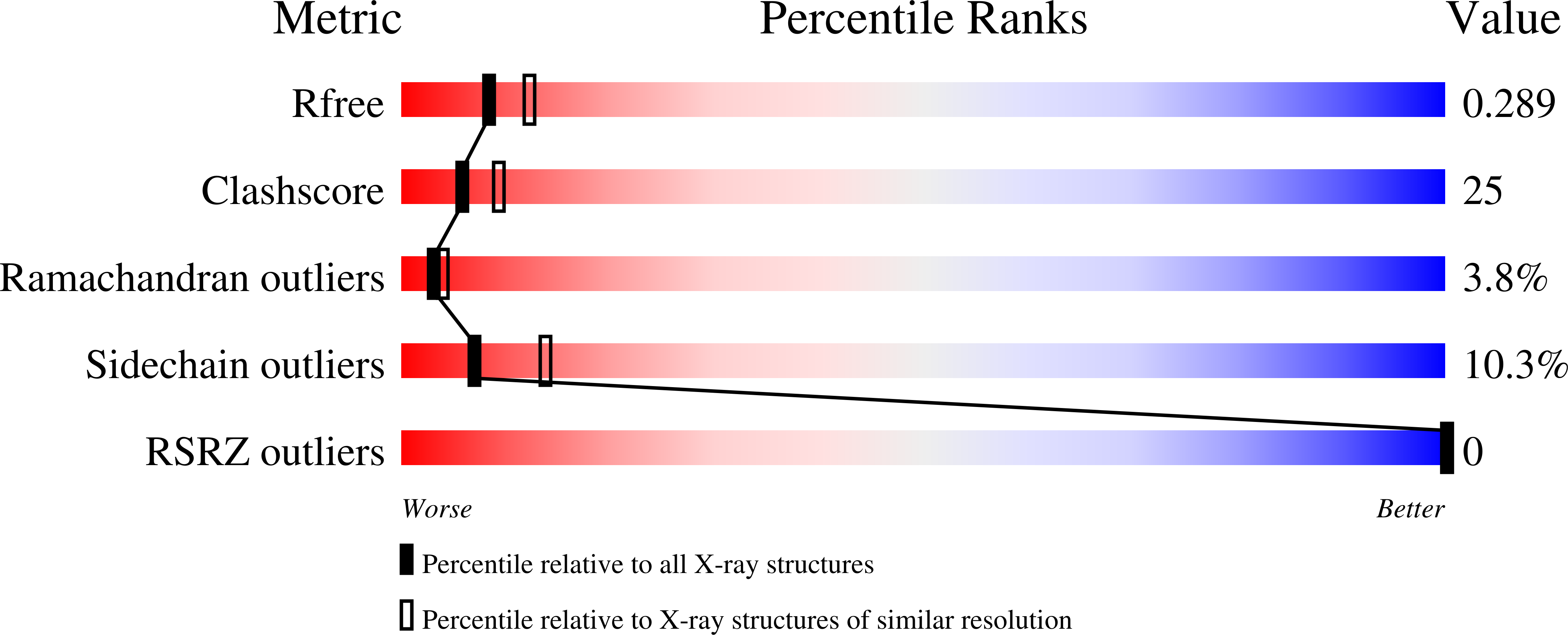
Deposition Date
2002-11-26
Release Date
2003-05-20
Last Version Date
2023-08-16
Method Details:
Experimental Method:
Resolution:
2.50 Å
R-Value Free:
0.27
R-Value Work:
0.24
R-Value Observed:
0.24
Space Group:
P 43


